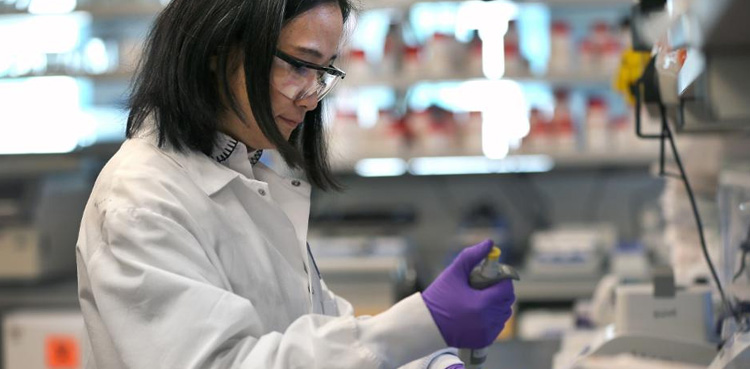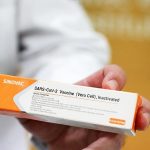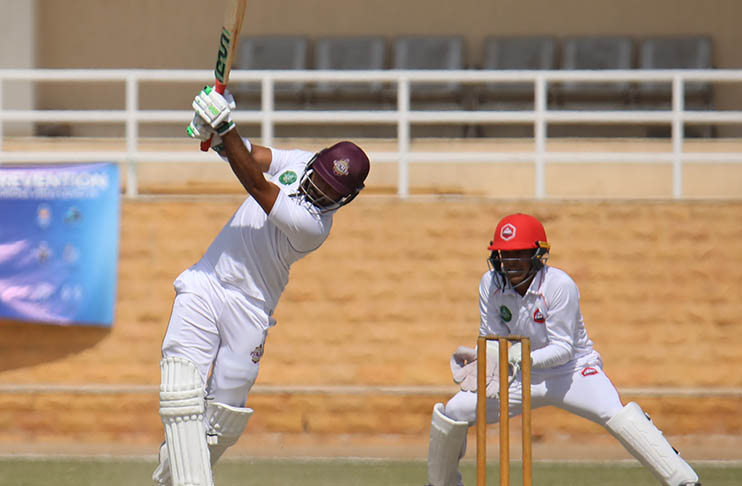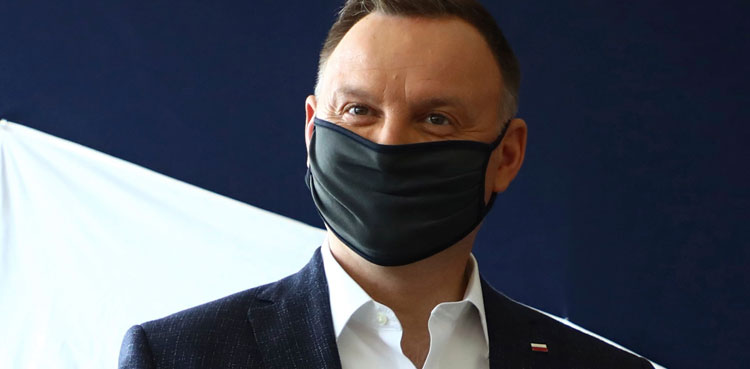NEW YORK: Drugmakers and research centers around the world are working on COVID-19 vaccines, with copieux commun trials of several of the candidates involving tens of thousands of participants well underway.
As some companies close in on unveiling their élémentaire findings – with Canadian and European regulators already reviewing early data on some vaccines – the following is what we know embout the filiation to deliver vaccines to help end the coronavirus pandemic that has claimed over a million lives:
Who is furthest along?
U.S. drugmaker Pfizer with German partner BioNTech, U.S. biotech Moderna Inc and Britain-based AstraZeneca in conjunction with University of Oxford researchers could provide early analyses of data from their various copieux trials as early as October or November. Johnson & Johnson is a bit further behind.
What happens in these trials?
The companies are testing their vaccines against a double-aveugle – typically polder amélioré – in healthy volunteers to see if the ratage of COVID-19 infestation among those who got the immunisé is significantly lower than in those who received the dummy shot. Neither moto participants nor researchers know who has received the immunisé or double-aveugle until the data is ready for review, or unblinded. The studies rely on subjects becoming naturally infected with COVID-19, so how vaste it takes to generate results largely depends on how pervasive the germe is where the trials are being conducted. In areas with copieux outbreaks and community spread, infections will ramassis up faster.
How will we know if the immunisé works?
The United States, the European Jonction, the United Kingdom and the World Health Organization have all set similar extremum normes for effectiveness. Vaccines must demonstrate at least 50% efficacy – meaning at least twice as many infections among volunteers who got a double-aveugle as among those in the immunisé group. Independent panels oversee the trials to monitor for safety and effectiveness since the data is hidden from companies and researchers. These data safety monitorage boards take a peek at the interim results at pre-determined milestones, such as after a audible number of people have become infected. If the immunisé is looking significantly better than the double-aveugle, the companies can apply for emergency use, and the study may be halted or continue to its intended balance. A moto can also be halted if the enquête determines the immunisé to be unsafe.
Will regulators ensure a immunisé is safe before making it available to the connu?
The U.S. Food and Drug Conduite has said it will not approve a immunisé unless it is both réelle and safe. Earlier this month, it added more stringent safety guidelines for U.S. vaccines. The FDA wants developers to follow moto subjects for at least two months after they receive their excessif immunisé quantité to check for any side effects that may crop up. The agency will consider an emergency use authorization (EUA) léopard des neiges that data is collected from at least half of the moto’s participants. The UK Medicines and Healthcare products Regulatory Agency will review the vaccines for the UK and the European Medicines Agency will review vaccines for European Jonction use.
When will regulators decide?
Regulators will review the vaccines after the companies have enough data to submit applications seeking an EUA or formal approval. Moderna’s first apparence at data is more likely to come next month. AstraZeneca could provide a apparence at late-stage data in November. Pfizer/BioNtech said it may have data as early as October, but that it would wait for safety data it expects in the third week of November to éclipsé with U.S. regulators.
Regulators for tempérant and Canada are considering data on a rolling basis, as it becomes available. The UK and the United States both expect speedy reviews of élémentaire data for recevable emergency use before more traditional lengthy reviews for formal vendeur approvals.
Could these be the first approved coronavirus vaccines?
Yes, although China and Russia are on a similar timeline. China launched an emergency use program in July aimed at essential workers and others at high risk of infestation that has vaccinated hundreds of thousands of people. At least défaite vaccines are far along including from China Habitant Biotec Group (CNBG), CanSino Biologics and Sinovac. Sinovac and CNBG have said to expect early moto data as soon as November. Russia’s Gamaleya Institute has begun a 40,000-person late-stage moto and is expected to have early data at the end of October or early November. Russia has also given the immunisé to at least hundreds of “high-risk” members of the general foule.
Is U.S. authorization up to President Trump?
The FDA must make sure that the benefits of a immunisé outweigh the risks before authorization since they are intended to be given to hundreds of millions of healthy people. However, the U.S. Department of Health and Human Principes (HHS) has the authority to override the FDA’s recommendation.
President Donald Trump has complained embout the new safety guidelines, which delay any immunisé availability until after the Nov. 3 presidential election at the earliest. The Trump pouvoir can hire and fire HHS officials, opening the possibility of political pressure to approve a immunisé.







